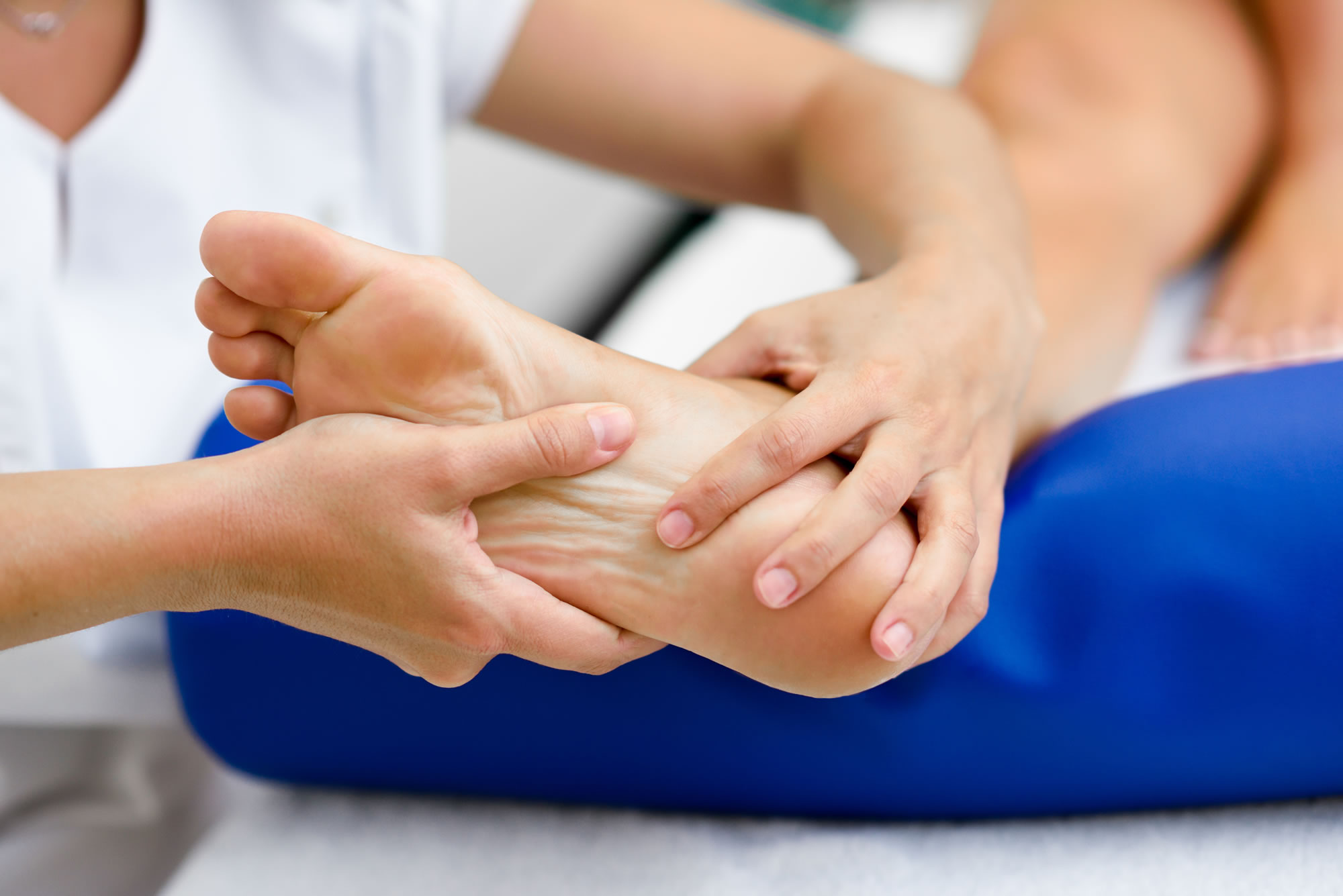You will encounter many different forms of massage depending where around the world you travel. However in this modern age, you can probably find all significant forms of massage within a close proximity.
Origin
Reflexology is the process of applying pressure in the feet and hands to alleviate pain, discomfort, and stress. It is an ancient practice and is said to originate in China.
In traditional Chinese medicine, a “qi” or “energy” naturally flows in the body. When an individual is stressed, the energy flow is blocked and can lead to imbalance. In Ancient Egypt, reflexology is also known to be practiced with the discovery of a pictograph in the tomb of an Egyptian physician.
Today, modern reflexology can be attributed to William Fitzgerald, an ear, nose, and throat surgeon who discovered that there are areas or zones in the feet that can affect body parts. Eunice Ingham, a physiotherapist, further study the zone technique by Dr. Fitzgerald and discovered that there are areas or points in the foot that correspond to specific organs and systems in the body. By applying pressure through the reflex points, an effect may be felt on the corresponding body organs as well. Ingham was the one who developed the reflexology chart widely used today.
Description
Reflexology integrates the techniques from the classic Swedish massage with the focus being on the different areas of foot, calf, and thigh. A reflexologist uses the foot chart as a guide to massage and applies pressure to different points. It is believed that there are about 7,000 nerve endings in the body, each being a reflex point. A reflexologist puts oil to the foot and uses movement to stimulate these points and let the energy flow naturally to the body.
A reflexology session is usually around 60 minutes long. A therapist will ask about specific ailments but all pressure points are covered during the massage.
Benefits
Reflexology is one of the most popular types of massage today. It is also often believed as an added aid to help treat conditions in the body, particularly those that are organ-specific. Below are some of the benefits of reflexology:
- Relieves stress and anxiety
- Promotes relaxation of the body
- Stimulates the central nervous system
- Help relieves chronic headache and migraine
- Improves blood circulation
Training to become a reflexologist
A licensed massage therapist may practice reflexology by undergoing another set of training focusing on the practice.
A reflexology program has about 200 to 300 hours of study and hands-on practice. Certification and license, however, may vary depending on different state requirements. In Washington State, a person who practices reflexology needs to be certified and it should be renewed yearly.
Other names for reflexology
- Zone therapy
- Foot massage







Leave a Reply
You must be logged in to post a comment.